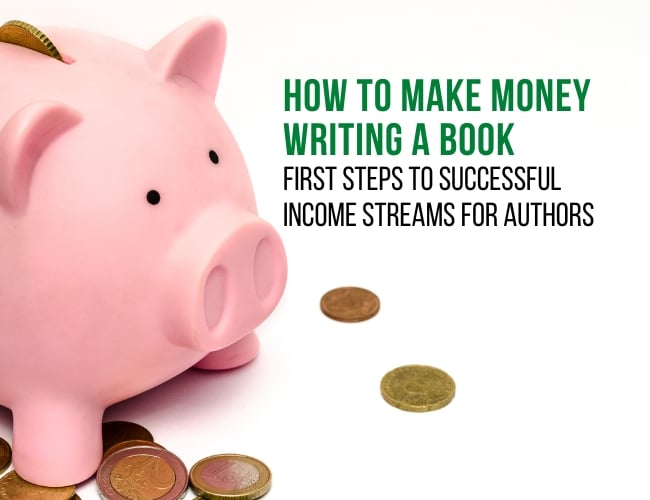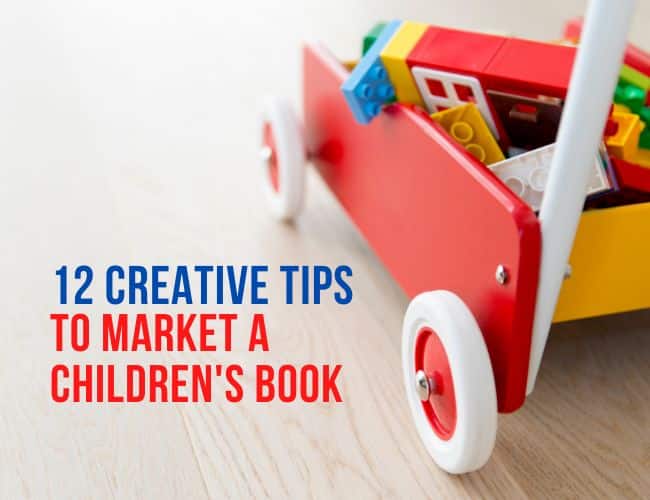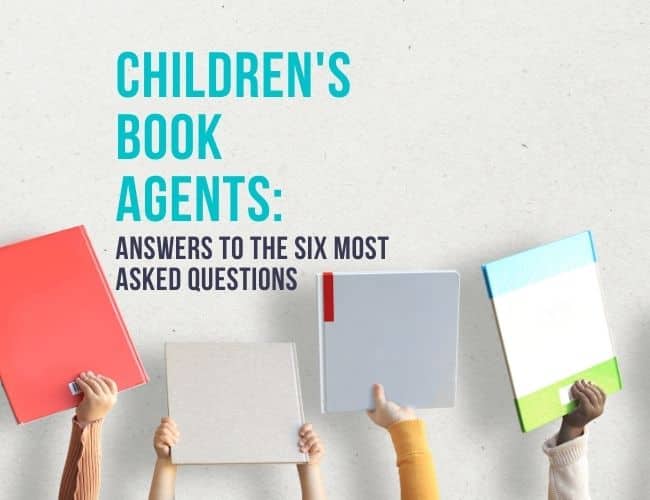
by Marianne Richmond |
Well, friends, we’ve come to end of our “How to Write a Children’s Book” series! Over the course of many posts, we’ve talked about defining your target market, creating a brand, the realities of making money and if self-publishing or traditional publishing is a better path for you.
My hope is this series has helped learn a bit more about the what to expect as a writer in this business, as well as clarify some of the more confusing aspects of the industry.
For my final post, I reached out to several of my friends and colleagues in the publishing industry to ask them what insider advice they’d give to our aspiring children’s book authors.

by Marianne Richmond |
Many aspiring writers believe that once they finish and publish the book, the money will just roll in without any further action or plan! In fact, every time I visit a school to share my books, I can count on one bright-eyed first grader raising their hand to ask, “Are you rich?” This question make makes me smile in an “if you only knew” kind of way, because this is the truth: Most financially best-selling and successful authors have multiple income streams across their author platform.
You are in a business—the book business. Let’s look at some of these income streams and how you might make money writing books as a full-time author.

by Marianne Richmond |
Think of one of your favorite authors, maybe a children’s book author, since that’s what I write. For little ones, it might be Eric Carle’s The Very Hungry Caterpillar. And for for older kids, perhaps you like Jeff Kinney’s Diary of a Wimpy Kid.
When you purchase one of these books, you know what to expect. Eric Carle offers soothing rhymes and stories with bright and cheery collage artwork. Jeff Kinney, on the other hand, gives readers funny, endearing stories featuring his signature cartoon protagonist, Greg.
An author brand is what makes your work unique or distinctly you. It’s the collection of impressions you make across your interactions with readers, including your books, social media, and face-to-face meetings. Your brand tells readers what to expect from you as an author as well as what to expect from your books.

by Marianne Richmond |
Marketing is the ongoing job of every author, so I’m going to expand on my list here with ideas I have used, as well as ideas I’ve seen other authors employ with varying degrees of success. Because this is also true: Marketing is a trial and error game. What works well for one author may not work for another.

by Marianne Richmond |
Last time we looked at the different routes to publishing your children’s book in our series on How to Write a Children’s Book. If you decide that the traditional publishing route is for you, you will hear lots of conversation around agents. How to find them. If you need one. Through this article, I hope to answer some of the questions I hear most about securing an agent for your project.




